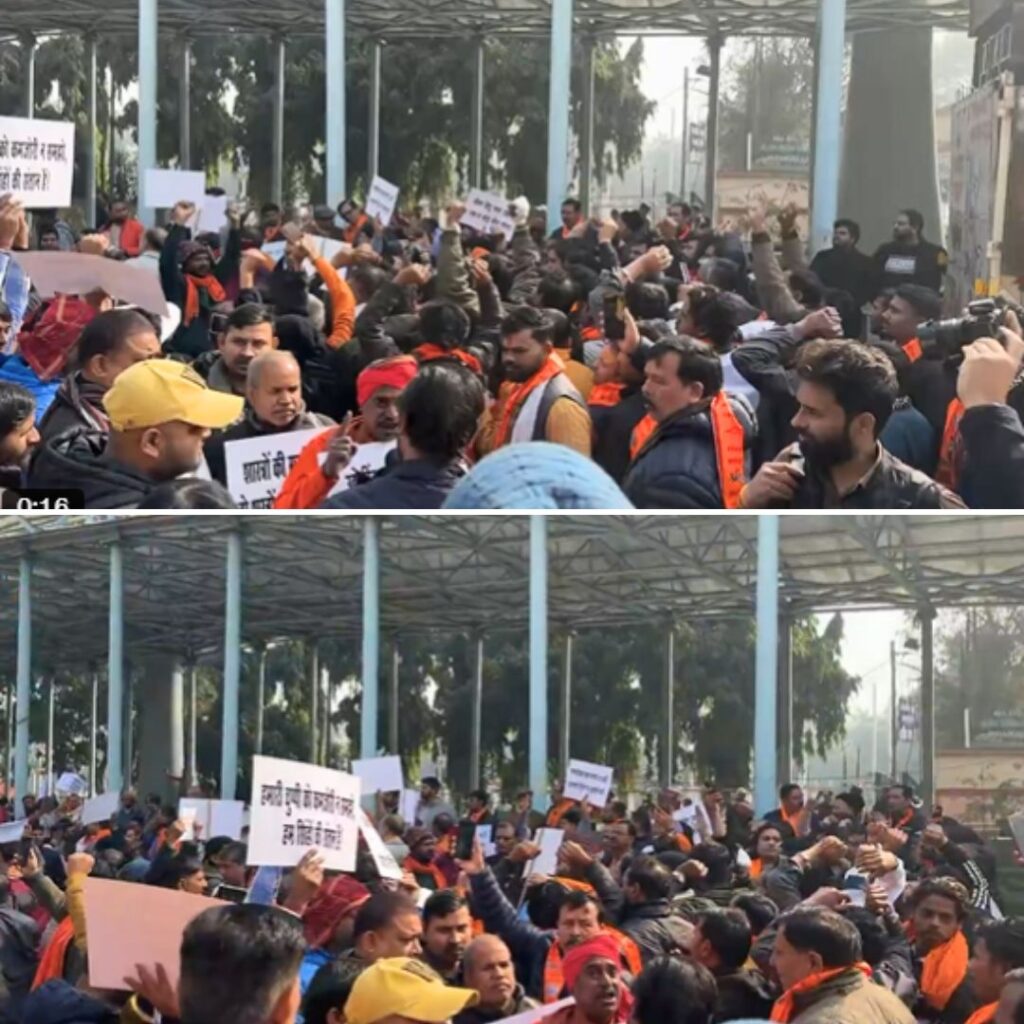The COVID-19 crisis in India may now peak around mid-November instead of July due to the eight-week lockdown coupled with strengthened public health measures, however, there could be a scarcity of isolation and ICU beds, and ventilators, according to a study.
Conducted by researchers from an Operations Research Group*, the study stated that the lockdown moved the peak of the pandemic by an estimated 34 to 76 days. It also aided in bringing down the number by 69 to 97 per cent giving more time to the healthcare system to prepare resources and infrastructure.
According to the study, in the scenario of intensified public health measures with 60 per cent effectiveness following lockdown, the available resources would suffice until the first week of November.
India Today reported that the projections by the researchers found that isolation beds could be insufficient for 5.4 months, ICU beds for 4.6 and ventilators for 3.9 months.
However, this shortfall is estimated to be 83 per cent less than what it could have been without the lockdown and public health measures.
According to the researchers, if the coverage of public health measures can be increased to 80 per cent, the epidemic can be mitigated.
The model-based analysis for COVID-19 pandemic in India showed that the number of cases at the peak would come down by 70 per cent and the cumulative cases may come down by nearly 27 per cent owing to the additional capacity which has been built up for testing, treating and isolating patients during the lockdown period.
Approximately 60 per cent of deaths were prevented. Of this one-third prevention is due to the decrease in unmet need for critical care as a result of the intervention.
‘While lockdowns will delay the onset of peak and will give the much needed time for the health system to respond, strengthening the health system response in terms of testing, isolation of cases, treatment and contact tracing, as is being done currently, will have to be the mainstay to reduce the impact of the pandemic in India until a vaccine becomes available,’ reads the study.
The pandemic is estimated to cost 6.2 per cent of India’s gross domestic product (GDP) in terms of the overall economic health system.
According to the ministry as of June 9 the coronavirus related health infrastructure in the country has been bolstered with the availability of 958 dedicated COVID-19 hospitals which houses 1,67,883 isolation beds, 21,614 ICU and 73,469 oxygen supported beds.
Further, 2,313 dedicated COVID Health Centres with 1,33,037 isolation beds, 10,748 ICU beds and 46,635 oxygen supported beds have also been running.
To add to this, 7,525 COVID Care Centres with 7,10,642 beds are now available. The ministry added that there are 21,494 ventilators available for COVID beds. An order of 60,848 more ventilators has been placed.
*It was earlier believed that ICMR has conducted the study but the organisation has denied any such claims.












